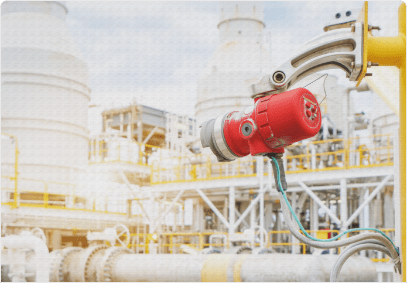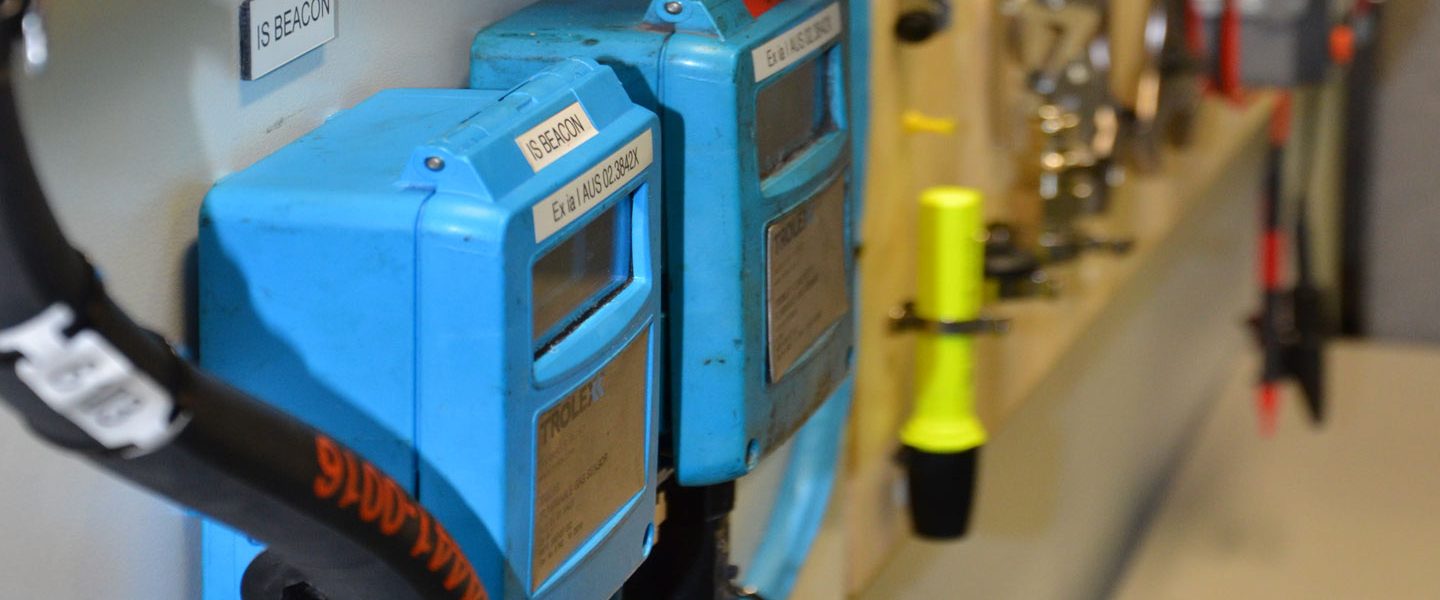Not known Details About Roar Solutions
Not known Details About Roar Solutions
Blog Article
Rumored Buzz on Roar Solutions
Table of ContentsRoar Solutions Things To Know Before You Get ThisRoar Solutions Things To Know Before You Get ThisAn Unbiased View of Roar Solutions
In order to shield setups from a potential surge a technique of analysing and categorizing a potentially dangerous location is needed. The purpose of this is to make certain the appropriate selection and installment of equipment to inevitably protect against an explosion and to make certain safety and security of life.
(https://www.wattpad.com/user/roarsolutions)
No devices must be installed where the surface area temperature level of the tools is above the ignition temperature of the provided danger. Below are some usual dirt hazardous and their minimum ignition temperature. Coal Dust 380C 225C Polythene 420C (melts) Methyl Cellulose 420C 320C Starch 460C 435C Flour 490C 340C Sugar 490C 460C Grain Dust 510C 300C Phenolic Material 530C > 450C Aluminium 590C > 450C PVC 700C > 450C Soot 810C 570C The probability of the threat being present in a concentration high enough to cause an ignition will vary from location to place.
In order to identify this threat an installation is separated right into locations of risk relying on the quantity of time the unsafe exists. These locations are referred to as Areas. For gases and vapours and dirts and fibers there are three zones. Zone 0 Area 20 A harmful ambience is very likely to be present and may exist for long periods of time (> 1000 hours annually) or even continuously Zone 1 Area 21 A hazardous ambience is feasible but unlikely to be existing for extended periods of time (> 10 450 C [842 F] A classification of T6 suggests the minimum ignition temperature is > 85 C [185 F] Dangerous area electrical tools maybe designed for usage in higher ambient temperatures. This would indicated on the ranking plate e.g. EExe II C T3 Ta + 60C( This indicates at 60C ambient T3 will not be gone beyond) T1 T1, T2, T3, T4, T5, T6 T2 T2, T3, T4, T5, T6 T3 T3, T4, T5, T6 T4 T4, T5, T6 T5 T5, T6 T6 T6 A T Class rating of T1 suggests the maximum surface temperature level produced by the tool at 40 C is 450 C. Presuming the associated T Class and Temperature level ranking for the devices are appropriate for the location, you can always use a tool with a much more strict Department rating than needed for the area. There isn't a clear solution to this question. It truly does depend on the kind of devices and what fixings need to be executed. Equipment with details test treatments that can't be executed in the area in order to achieve/maintain third celebration rating. Must come back to the manufacturing facility if it is prior to the tools's service. Area Fixing By Authorised Personnel: Challenging testing might not be needed however certain treatments may need to be adhered to in order for the tools to preserve its 3rd party ranking. Authorised employees must be utilized to execute the work properly Repair service need to be a like for like replacement. New component must be considered as a direct replacement requiring no special screening of the tools after the repair service is full. Each piece of devices with a dangerous score must be examined individually. These are outlined at a high level below, but also for even more in-depth information, please refer directly to the standards.
What Does Roar Solutions Do?
The devices register is a detailed data source of devices documents that includes a minimum collection of areas to determine each product's location, technological criteria, Ex lover category, age, and environmental information. The ratio of Thorough to Shut examinations will be determined by the Devices Risk, which is assessed based on ignition threat (the probability of a resource of ignition versus the chance of a flammable ambience )and the hazardous area classification
( Zone 0, 1, or 2). Executing a robust Risk-Based Examination( RBI )method is critical for ensuring compliance and security in managing Electric Tools in Hazardous Locations( EEHA).
Getting My Roar Solutions To Work

In terms of eruptive threat, a hazardous location is an atmosphere in which an explosive this contact form ambience exists (or may be expected to be existing) in quantities that require unique preventative measures for the building and construction, setup and use of equipment. hazardous area electrical course. In this short article we check out the obstacles dealt with in the office, the threat control procedures, and the required expertises to function securely
It issues of modern-day life that we manufacture, save or deal with an array of gases or fluids that are considered flammable, and a variety of dirts that are considered flammable. These substances can, in particular conditions, create explosive ambiences and these can have significant and unfortunate consequences. A lot of us are familiar with the fire triangular remove any type of one of the 3 elements and the fire can not take place, however what does this mean in the context of hazardous locations? When breaking this down right into its most basic terms it is basically: a combination of a certain quantity of launch or leak of a specific material or material, blending with ambient oxygen, and the visibility of a source of ignition.
In the majority of circumstances, we can do little concerning the degrees of oxygen airborne, but we can have considerable impact on resources of ignition, for instance electrical devices. Harmful areas are recorded on the unsafe location category drawing and are identified on-site by the triangular "EX-SPOUSE" indication. Right here, among various other essential details, areas are divided right into three kinds relying on the threat, the likelihood and duration that an eruptive ambience will certainly exist; Area 0 or 20 is considered the most unsafe and Area 2 or 22 is regarded the least.
Report this page